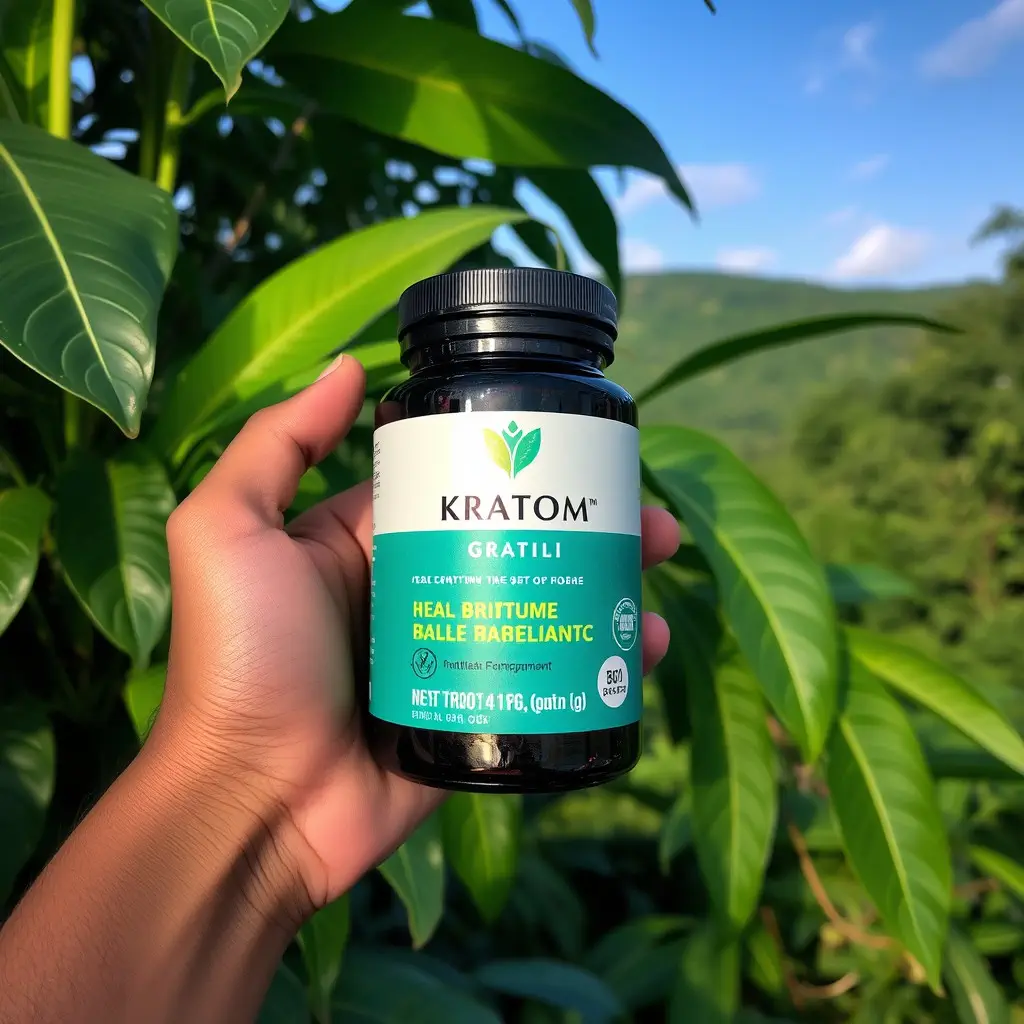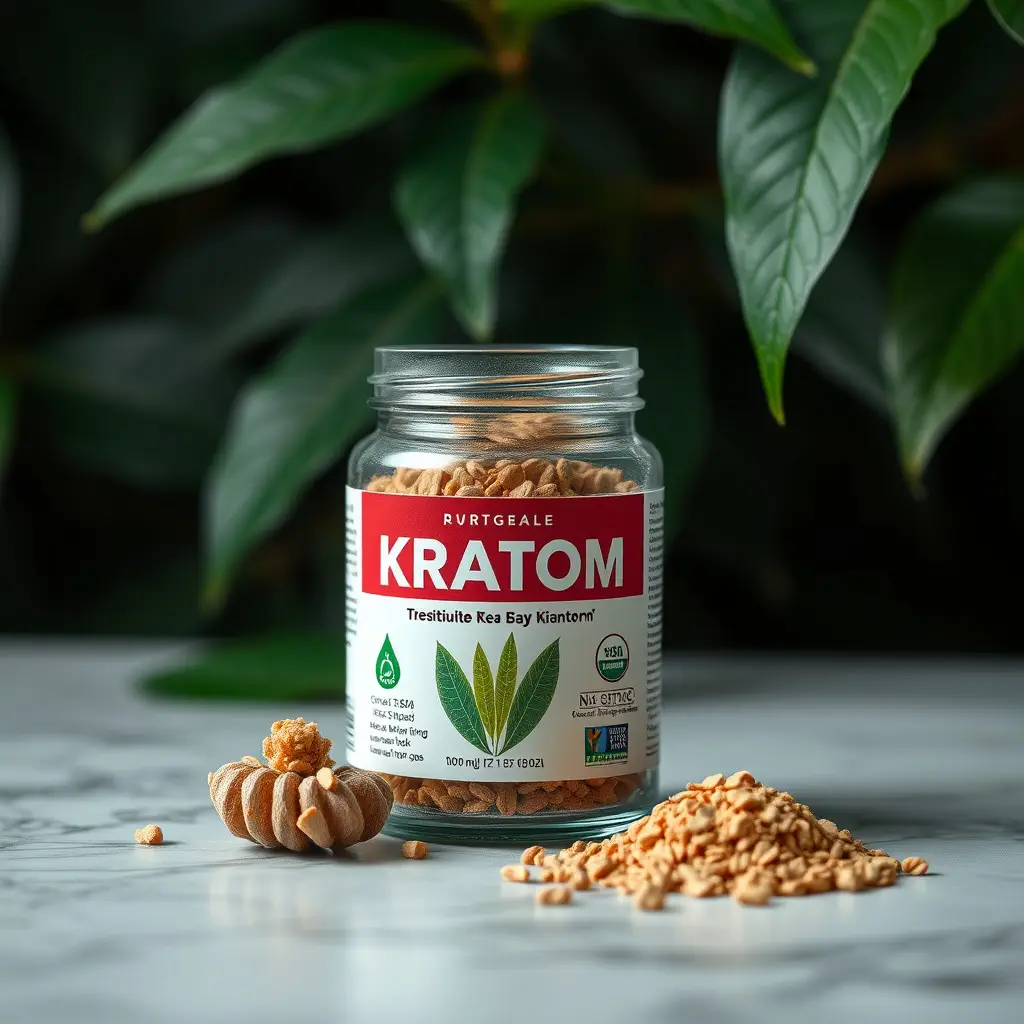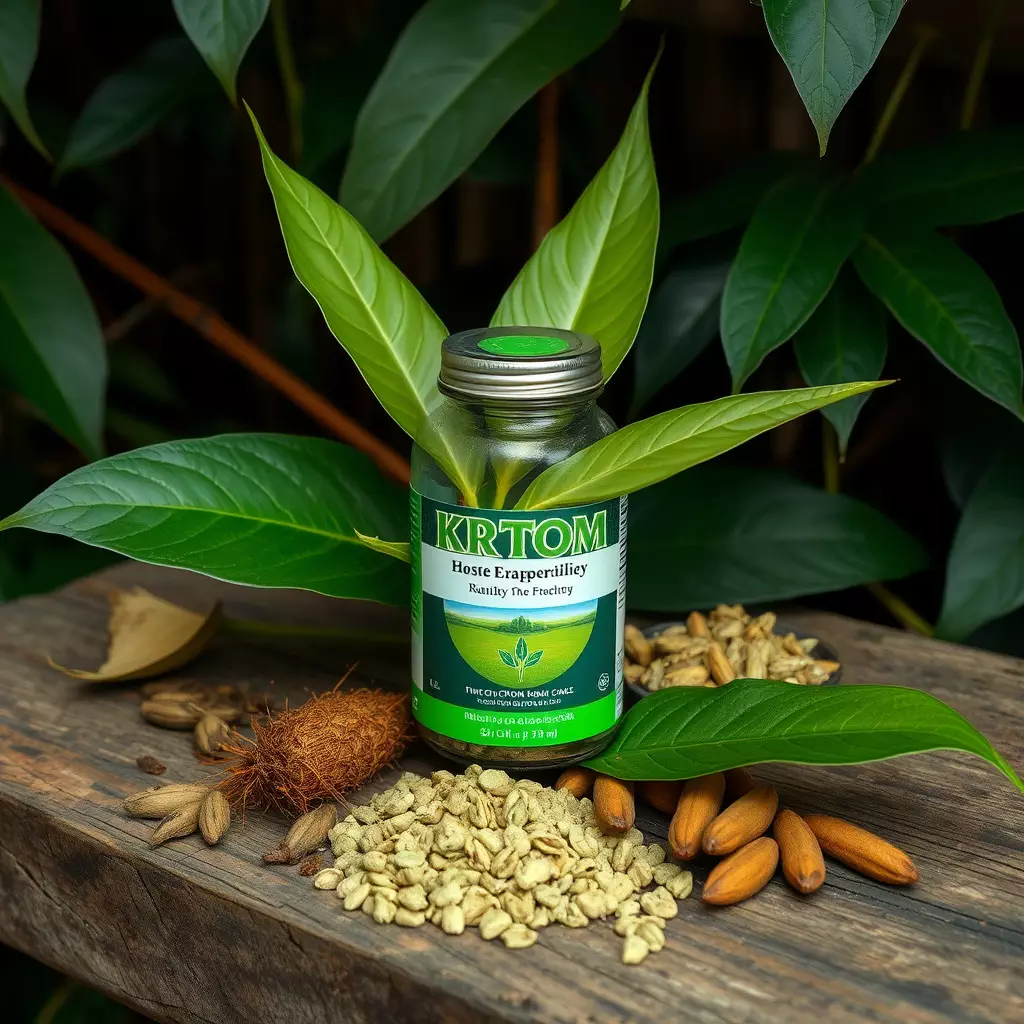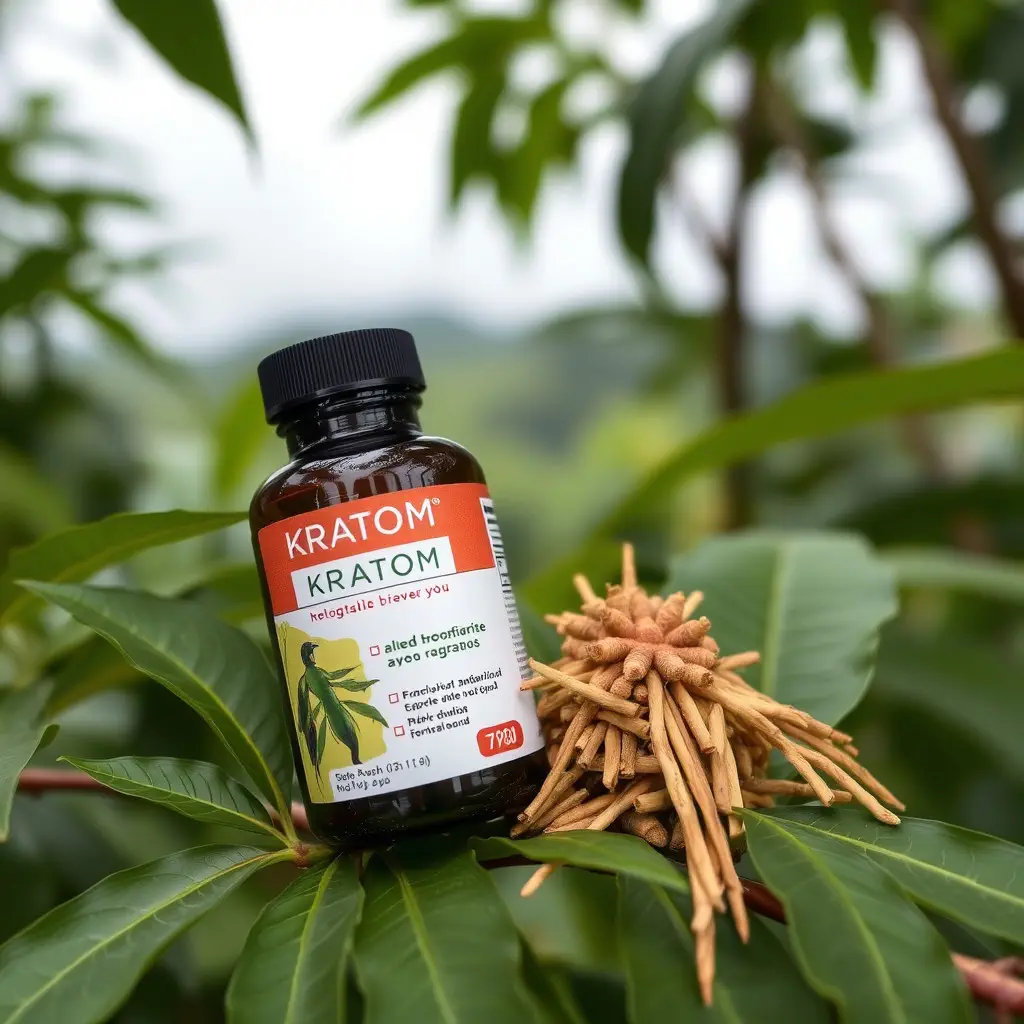Kratom, a natural compound derived from Mitragyna speciosa leaves, has emerged as a multifaceted tool for athletes, particularly for those recovering from intense training and the risk of injury. Its key alkaloids, mitragynine and 7-hydroxymitragynine, are believed to aid in pain relief, inflammation reduction, and relaxation, which are crucial for effective recovery. Additionally, kratom is being explored as a safer alternative for managing opioid withdrawal symptoms due to its interaction with opioid receptors, potentially easing the discomfort associated with this process. However, it's essential to approach kratom use under professional medical supervision, considering the lack of comprehensive scientific research and its regulatory status. The FDA has not endorsed kratom as a treatment for opioid withdrawal, highlighting the need for careful consideration and oversight. A balanced recovery strategy should include kratom alongside proper nutrition, ample rest, and mental health support, ensuring it complements an athlete's overall wellness and performance goals. Athletes interested in using kratom must be aware of potential side effects and its risk of dependency misuse, as well as its interactions with other substances to ensure a holistic and effective approach to recovery. Kratom for opioid withdrawal symptoms can be a valuable component when used responsibly and in conjunction with other recovery methods under professional guidance.
Exploring the intersection of natural wellness and athletic prowess, this article delves into the transformative potential of kratom in optimizing recovery and performance. We will unpack how strategic kratom use can be a game-changer for athletes seeking to enhance their post-exercise recuperation, with a particular focus on its role in mitigating opioid withdrawal symptoms. Further, we’ll guide readers through the nuances of integrating kratom into a comprehensive recovery regimen, offering best practices and safety considerations. Join us as we navigate the multifaceted benefits of kratom for athletic recovery.
- Maximizing Athletic Recovery and Performance Through Strategic Kratom Use
- Understanding Kratom's Role in Mitigating Opioid Withdrawal Symptoms for Athletes
- Integrating Kratom into a Holistic Athlete Recovery Program: Best Practices and Precautions
Maximizing Athletic Recovery and Performance Through Strategic Kratom Use

Athletes are constantly pushing their bodies to the limits, which can lead to overtraining and injury. Adequate recovery is as critical as the training itself for maintaining peak performance. Kratom, a natural substance derived from the leaves of Mitragyna speciosa, has gained attention in athletic circles for its potential benefits in optimizing recovery. Its alkaloids, mitragynine and 7-hydroxymitragynine, are believed to play a role in pain management, reducing inflammation, and promoting relaxation—all of which contribute to faster recuperation times.
For those transitioning from opioid withdrawal symptoms to post-exercise recovery, kratom can serve as a gentle alternative that may alleviate discomfort without the risks associated with opioids. It’s important for athletes to approach kratom use responsibly under professional guidance, as dosage and strain selection are key to maximizing its benefits while minimizing potential side effects. Coaches who specialize in kratom use can provide valuable insights into how this substance fits into a holistic recovery regimen, helping athletes to manage pain, improve sleep quality, and restore muscle function more effectively. This tailored approach to recovery not only supports performance but also enhances the overall well-being of the athlete, which is essential for long-term success in their sport.
Understanding Kratom's Role in Mitigating Opioid Withdrawal Symptoms for Athletes

Athletes who have developed dependencies on prescription opioids for pain management may find themselves in a challenging position, especially when it comes to detoxifying from these substances. Kratom, derived from the leaves of Mitragyna speciosa, has emerged as a potential alternative in managing opioid withdrawal symptoms. Its alkaloid composition, which includes mitragynine and 7-hydroxymitragynine, may offer a supportive role during the detoxification process. These compounds can interact with the body’s opioid receptors, potentially alleviating some of the uncomfortable withdrawal symptoms that athletes might experience when abstaining from opioids. It is important to note that while kratom may aid in mitigating these symptoms, its use should be approached with caution and under professional guidance. The FDA has not approved kratom as a treatment for opioid withdrawal, and its efficacy and safety profiles require further clinical research. Athletes considering kratom as part of their recovery process should seek personalized guidance from healthcare professionals who are knowledgeable about the substance’s potential benefits and risks, ensuring that any use is aligned with their overall wellness and performance goals. Additionally, the integration of kratom into a comprehensive recovery program that includes proper nutrition, rest, and mental health support can be crucial for a holistic approach to athletic recovery from opioid withdrawal symptoms.
Integrating Kratom into a Holistic Athlete Recovery Program: Best Practices and Precautions

Integrating kratom into a holistic athlete recovery program requires careful consideration of its potential benefits and risks, especially when it comes to managing withdrawal symptoms from opioid use. Kratom, derived from the leaves of Mitragyna speciosa, has been explored as an alternative to traditional opioids for pain management and as a means to alleviate withdrawal symptoms associated with opioid cessation. Its inclusion in recovery programs can be beneficial for athletes transitioning from opioid dependence, as it may offer relief without the risk of addiction that is typical with conventional opioids.
However, it is crucial to approach kratom use with caution. Athletes should only consider its use under the guidance of a healthcare professional, given the plant’s complex interactions with the body and varying legality across regions. The best practices for integrating kratom involve monitoring dosage closely, adhering to local laws, and ensuring that it complements rather than competes with other recovery strategies, such as physical therapy, nutrition adjustments, and psychological support. Additionally, athletes should be educated on the potential side effects, which can include gastrointestinal distress, drowsiness, and a risk of dependency if used improperly. Precautions must also be taken to avoid kratom’s interactions with other medications an athlete might be taking for their recovery or performance enhancement. By combining kratom judiciously with a comprehensive recovery regimen that prioritizes the athlete’s health and well-being, it can serve as a valuable component in the holistic recovery process.
In conclusion, the strategic use of kratom can play a pivotal role in enhancing athletic recovery and performance by mitigating the effects of intense physical exertion. The integration of kratom into a holistic recovery program, when done with best practices and precautions, offers athletes an alternative to opioids, particularly for those experiencing withdrawal symptoms due to past opioid use. It is crucial for coaches and athletes to approach this herbal supplement responsibly and within the framework of overall wellness strategies. By doing so, they can harness kratom’s potential benefits while safeguarding against its risks, ultimately contributing to a more resilient and recovered athletic population.






